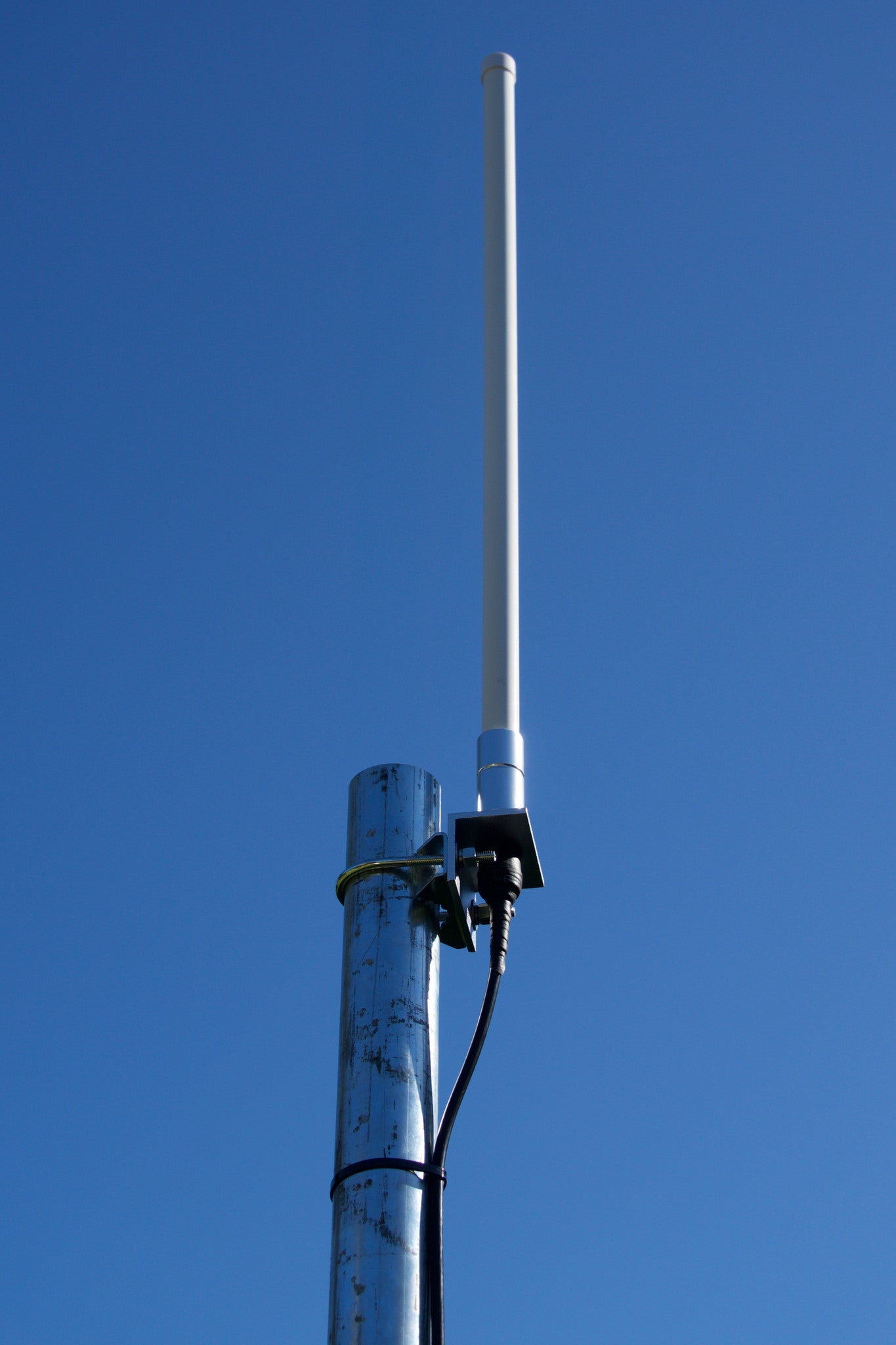
The effect of turbulent boundary-layer flow is uncertain, but the most likely effect is toįigure 14.19 Aerodynamic torque coefficient versus yaw angle for rotating radar antennas (Lombardi, 1991). Unfortunately, all the wind-tunnel measurements on rotating radar antenna have been carried out in smooth uniform flow. Figure 14.19 shows measured torque coefficients obtained from a rotating wind-tunnel model with and without fins (Lombardi, 1991). These are small lifting surfaces which produce a counter-acting torque. The use of small fins on the back of the antenna has been found to be effective in reducing the aerodynamic torque. However, the quasi-steady theory has been found to be only approximately correct at high rotational speeds (Lombardi, 1991). The effect of rotation is assumed to result in a static shift in the fluctuating torque curve, obtained from such tests (Sachs, 1978 Lombardi, 1989). This results in the predicted variation of torque being obtained from static tests in a wind tunnel, in which the azimuth angle is varied. The effect of rotation of the antenna can be treated by a quasi-steady approach.

The operation of the antennas imposes strict limits on variations in angular velocity, and this in turn limits the variations in torque that must be overcome by the drive motor. Rotating Radar AntennasĪerodynamic loads on large rotating radar antennas, such as those used at large airports, pose a particular serviceability problem due to variations in the torque that arise. Basic aerodynamic force coefficients are often obtainable from the antenna manufacturers, although these would not generally include interference effects.įigure 14.18 Interference factor as a function of wind direction for a single microwave dish added to a square lattice tower (Holmes et al., 1993). These should be taken account of when designing support attachments for the dish. K is a parameter equal to 1.2 for a square tower (ESDU, 1981), t is an adjustable parameter (equal to 0.5 in Figure 14.18),Ħd is the angle of the normal to the dish antenna relative to the tower.Īs well as drag (along-wind) forces, there may be significant cross-wind forces acting for wind directions parallel, or nearly parallel, to the plane of a solid dish. S is the solidity of a face of the tower,
#Net radar antenna free
To learn more or for a free system assessment, contact us.C D is the drag coefficient for the tower or mast section alone, based on the projected area of members in one face, measured normal to the face, The systems share a time synchronization unit, represented in the figure above by the clock in the back-end part of the diagram. The signal processor, data processor, and related systems are known as the “back-end” (shown in the figure above as the blue box on the right) and are involved in processing of data and system command and control. The front-end is responsible for actually sending and receiving the electromagnetic waves used in forming spatial observations (e.g., weather monitoring, object detection and tracking). The REX, antenna, and related systems are known as the radar “front-end,” (shown in the figure above as the green box on the left).

Data capture units may also be present to capture live, pre-processed data from the receiver and to capture processed data from the signal processor. The data processor is also responsible for system communications and displaying information. The data processor also instructs the antenna to be steered electrically or physically via the beam steering module. The signal to transmit is fed into a REX from the data processor and the returns are processed by the signal processor. REX (standing for Receiver/EXciter) units interface with the antenna such that they transmit electromagnetic radiation via their exciters and receive partial reflections of this transmitted radiation via their receivers. A diagram of a typical radar system is shown in the figure above.

Radar systems are made up of one or more transmitting elements, transmitting these electromagnetic waves through some area. Applications for radar systems include defense-related surveillance and tracking systems, aircraft proximity detectors, weather prediction, and astronomical study. The radar system then uses information from these reflections to determine object characteristics such as location, shape, and velocity. These systems transmit high-powered electromagnetic waves and collect reflections of these waves from objects that can be reached by the transmitted waves. Radar is a group of technologies comprising many implementations of object detection and tracking systems using radio waves.


 0 kommentar(er)
0 kommentar(er)
